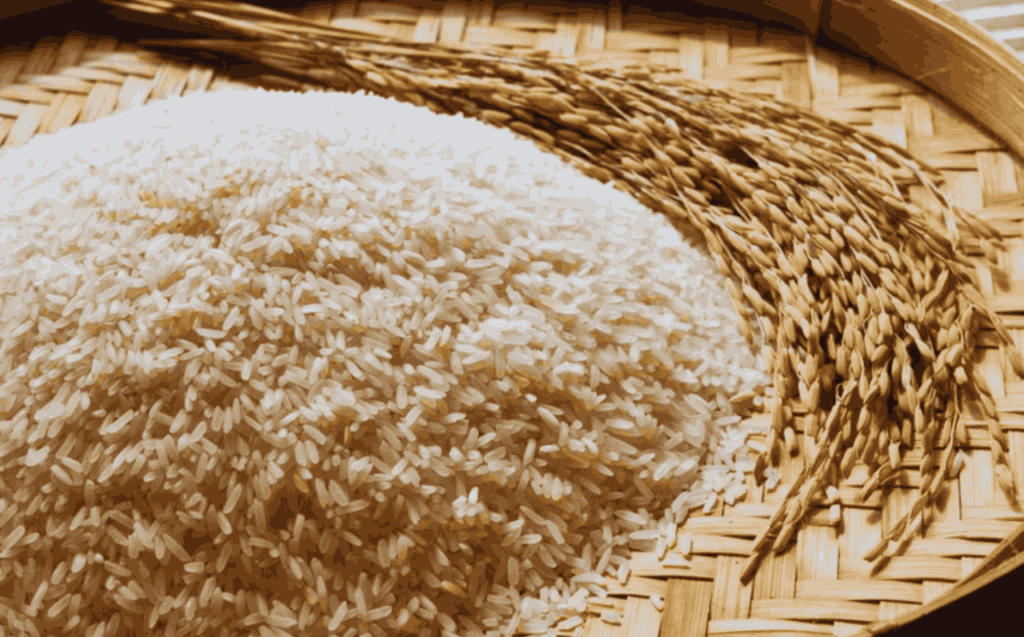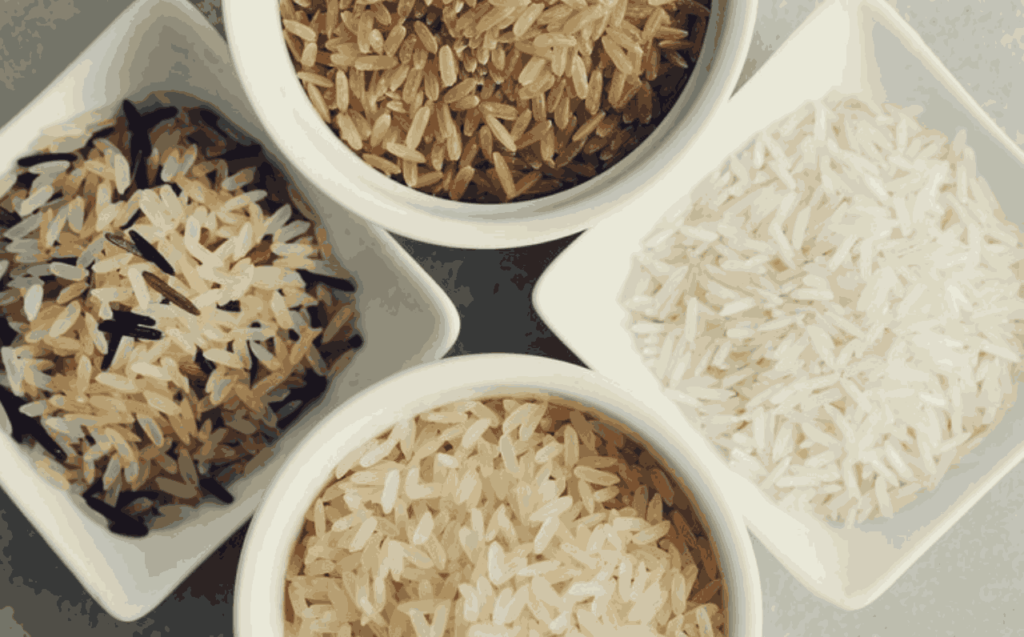In the world of grains, few possess the mystique and allure of Basmati rice. Renowned for its delicate aroma, slender grains, and exquisite taste, Basmati has captured the hearts and taste buds of millions around the globe. But what makes Basmati so special? Join us on a flavorful journey as we delve into the origins, characteristics, culinary uses, and cultural significance of this cherished rice variety.
Origins and Heritage:
The story of Basmati rice is as rich and diverse as its flavor. Originating in the foothills of the Himalayas, Basmati has been cultivated for centuries in the fertile plains of the Indian subcontinent. Its name, derived from the Sanskrit word “vasmati,” meaning fragrant, perfectly encapsulates its defining characteristic.

Historical records dating back to ancient India extol the virtues of Basmati, praising its aroma, taste, and nutritional value. Revered by emperors and nobles, Basmati rice was often presented as a gift to visiting dignitaries, symbolizing hospitality and abundance.
Characteristics and Varieties:
What sets Basmati apart from other rice varieties is its unique combination of traits. Long-grained and slender, Basmati rice elongates further upon cooking, remaining separate and fluffy. This distinct texture, coupled with its subtle fragrance, elevates the dining experience to new heights.

While traditional Basmati rice is predominantly white, recent years have seen the emergence of brown and even black varieties, each with its own nuanced flavor profile and nutritional benefits. Whether it’s the pristine white grains or the earthy tones of brown Basmati, there’s a variety to suit every palate and culinary preference.
Culinary Delights:
In the realm of culinary arts, Basmati rice reigns supreme. Its versatility lends itself to a myriad of dishes, from aromatic pilafs and biryanis to creamy kheer and refreshing rice salads. The delicate aroma of Basmati enhances the flavors of accompanying ingredients, transforming simple meals into culinary masterpieces.
One of the most iconic dishes featuring Basmati rice is biryani, a fragrant rice dish layered with succulent meats or vegetables and infused with a blend of aromatic spices. Each region boasts its own interpretation of this beloved dish, showcasing the diversity and creativity of Indian cuisine.

Health Benefits:
Beyond its exquisite taste and aroma, Basmati rice offers a host of health benefits. Low in fat and cholesterol, it serves as a nutritious staple for individuals seeking a balanced diet. Its high carbohydrate content provides a steady source of energy, while essential vitamins and minerals support overall well-being.

Furthermore, Basmati rice has a low to medium glycemic index, making it suitable for individuals managing blood sugar levels. The presence of resistant starch, a type of dietary fiber, promotes digestive health and helps maintain a healthy gut microbiome.
Cultural Significance:
Beyond its culinary prowess, Basmati rice holds deep cultural significance in the regions where it is cultivated. From religious ceremonies and festivals to everyday meals, Basmati rice is woven into the fabric of daily life. It is a symbol prosperity, hospitality, and community.
In Indian weddings, the ritual of exchanging rice during the marriage ceremony symbolizes fertility, abundance, and good fortune. Similarly, festivals such as Diwali and Eid are incomplete without the presence of fragrant Basmati rice, which forms the centerpiece of celebratory feasts.

Conclusion:
In conclusion, Basmati rice is more than just a staple food—it’s a symbol of tradition, heritage, and culinary excellence. From its humble origins in the Himalayan foothills to its global acclaim, Basmati continues to captivate and inspire food enthusiasts around the world. So, the next time you savor a plate of fragrant rice. Remember the centuries of history, culture, and craftsmanship that have gone into each grain.
You can also read:
and also:

